Stories of Survival from TouchBistro Restaurants
By this point, we’ve all read the headlines about COVID-19 and the devastating impact it’s having on the restaurant industry. With restaurants closing their dining rooms, pivoting to takeout, and even shuttering their operations entirely, there’s no question that the restaurant industry will look very different when all of this is over.
But while headlines and statistics tell us how the industry is faring, that’s only half the story. We wanted to find out how real restaurants are dealing with COVID-19 on the ground. From setting up online ordering in a matter of days to creating employee relief funds, restaurateurs everywhere are coming up with creative solutions to keep their doors open, their staff employed, and their communities fed.
To hear these stories and find out how real restaurateurs are handling the COVID-19 crisis, we reached out to our TouchBistro customers and will continue to update this piece as the situation unfolds.
Creating a New Kind of Community Amidst COVID-19
Samira Mohyeddin, Banu, Toronto, ON: For Samira Mohyeddin, co-owner of the celebrated Iranian restaurant Banu, the early days of the COVID-19 pandemic were filled with uncertainty. “We closed fully for about a week and a half,” she explains, “We didn’t have any customers because we didn’t know what we were allowed to do and what we weren’t allowed to do.”
Eventually, Samira and her siblings made the decision to pivot to takeout, quickly signing up with various third-party apps. As takeout orders began to pick up, the family decided to expand into groceries, offering specialty Iranian items that are hard to find in downtown Toronto.
While Banu’s takeout and grocery business helped to make up for some of the revenue lost to indoor dining, the biggest loss for Samira was the sense of community. Creating a space for people to linger was part of the reason Samira and her siblings opened Banu in the first place, and now the restaurant’s dining rooms were filled with furniture and takeout containers instead of people.
“You know, you’re used to doing mise en place and setting up your restaurant a certain way and now it was just kind of like we’d just stamp our logo on the bags,” says Samira.“The restaurant itself looked like it was in complete disarray, we had all these tables inside that you couldn’t set up.”
But while customers were no longer lingering over cocktails and saffron chicken, Samira slowly saw a new sense of community emerging. After setting up a GoFundMe, donations poured in and $20,000 was raised for Banu. “It was really overwhelming at times,” Samira says. “When the funds started to roll in, I actually started to cry because I couldn’t believe it.”
With the donations and feedback from their loyal customers, the family continued to tweak its takeout and grocery model. Samira even began experimenting with ideas she and her siblings never had time to focus on in the past, such as packaging marinated meats for customers to grill at home.
For Samira, there’s no going back to the way things were before, and all of this experimentation with takeout and groceries is simply part of adapting to the new reality. Even when dine-in returns, she intends on giving Banu more of a market feel, where customers can still reserve a table, but also come and go.
““It will have an open-air market sort of feel where people will come and go, but still have a feeling of community to it.””
